When planning an outdoor living space, the choice of decking material is crucial. While traditional wood and composite options are well-known, bamboo outdoor decking is emerging as a premier choice for eco-conscious and style-savvy homeowners. This guide delves deep into the specifics of bamboo decking, providing you with the detailed information needed to make an informed decision for your project.
Why Choose Bamboo Outdoor Decking? An Overview
Bamboo outdoor decking is not made from a tree but from a fast-growing grass, giving it unique properties. It is typically manufactured by shredding the bamboo fibers and then fusing them with a high-quality resin under intense heat and pressure, a process that creates an incredibly dense and durable material. This results in a product that combines the beauty of natural wood with performance characteristics that often surpass it.
- Sustainability Champion: Bamboo is a highly renewable resource, with some species growing to maturity in just three to five years.
- Inherent Strength: The manufacturing process gives strand-woven bamboo a Janka hardness rating that is often higher than many traditional hardwoods.
- Visual Appeal: It offers a modern, consistent grain pattern that fits a variety of architectural styles, from tropical to contemporary.
The Advantages and Disadvantages of Bamboo Decking
A thorough understanding of bamboo decking pros and cons is essential before investing. This balanced view will help you weigh its suitability for your specific climate and usage needs.
Key Benefits of Choosing Bamboo
The advantages of bamboo decking are significant and contribute to its growing popularity.
- Exceptional Durability and Hardness: Strand-woven bamboo is highly resistant to dents, scratches, and wear, making it ideal for high-traffic areas.
- Eco-Friendly Profile: Its rapid growth rate and ability to be harvested without killing the plant make it a top choice for sustainable building.
- Natural Resistance to Insects and Decay: Bamboo contains substances that naturally repel insects and resist fungal decay.
- Low Maintenance Needs: Compared to traditional wood decking, it requires less frequent sealing and staining.
Potential Drawbacks to Consider
While impressive, bamboo decking is not without its potential challenges.
- Susceptibility to Moisture if Unsealed: While resistant, it is not entirely waterproof and can be damaged by prolonged standing water if not properly sealed.
- Limited Color Options: The natural color palette is generally confined to light tan and darker coffee hues.
- Cost Factor: High-quality strand-woven bamboo can be more expensive upfront than pressure-treated wood, though often competitive with composites.
Bamboo Versus Composite: A Cost and Performance Analysis
One of the most common comparisons homeowners make is bamboo vs composite decking cost and performance. It's not just about the initial price per board; long-term value is key.
The following table breaks down a direct comparison to help you understand the long-term investment.
| Feature | Bamboo Decking | Composite Decking |
| Initial Material Cost | Moderate to High | Moderate to High |
| Long-Term Maintenance Cost | Low (occasional cleaning and sealing) | Very Low (mostly just cleaning) |
| Durability & Hardness | Very High | High (varies by brand and core) |
| Eco-Friendliness | Very High (rapidly renewable) | Variable (often uses recycled plastics) |
| Heat Retention | Moderate | Can be High (especially darker colors) |
How to Install and Maintain Your Bamboo Decking for Longevity
Proper installation and care are paramount to maximizing the life and beauty of your deck. Knowing how to maintain bamboo decking will ensure it remains a centerpiece of your home for years to come.
Essential Installation Tips for a Lasting Deck
Correct installation prevents future issues. Bamboo is strong but requires attention to detail during the setup phase.
- Acclimatization: Allow the boards to acclimate to your local humidity for at least 48 hours before installation.
- Proper Fastening: Use stainless steel or color-matched screws designed for hardwood decking to prevent corrosion and ensure a secure hold.
- Adequate Ventilation: Ensure there is sufficient space beneath the deck for air circulation to prevent moisture buildup.
A Routine Maintenance Schedule for Bamboo Decking
A simple, consistent maintenance routine is the best defense against the elements.
- Regular Cleaning: Sweep debris regularly and wash with a mild soap and water solution every few months.
- Annual Inspection: Check for any signs of wear, loose fasteners, or potential water pooling.
- Re-sealing: Depending on exposure and climate, apply a UV-protective sealant every 1-2 years to prevent graying and moisture ingress.
Special Considerations: Using Bamboo Decking for Poolside Areas
Bamboo decking for poolside locations is an excellent choice due to its durability and cool feel underfoot, but it requires specific considerations.
Its natural resistance to water and splashing makes it a robust option. However, the constant exposure to chlorinated water and direct sunlight means a more rigorous maintenance schedule is advisable, including more frequent rinsing and sealing with a product rated for poolside use.
- Slip Resistance: Textured or grooved profiles are highly recommended for wet areas around pools.
- Heat Reflection: Lighter-colored bamboo tends to stay cooler under direct sunlight compared to darker composites or woods.
- Drainage: Ensure the deck is installed with a slight slope to allow water to drain away from the pool and the house.
Is Bamboo Decking Slippery When Wet?
A common and critical safety question is, "is bamboo decking slippery?" The answer depends on its finish. A smooth, polished bamboo surface can become slippery when wet, much like any smooth material. However, most bamboo decking designed for outdoor use comes with a textured or brushed finish that significantly enhances slip resistance. For areas that are constantly wet, such as pool decks, always opt for these textured varieties to ensure safety.
Fastener splicing heavy bamboo flooring
FAQ
How long does bamboo decking last?
With proper installation and consistent maintenance, high-quality bamboo outdoor decking can last 25 years or more. Its longevity is directly tied to protecting it from constant moisture and UV rays through regular sealing.
Can bamboo decking be painted or stained?
While bamboo decking can be stained, it is not generally recommended for painting. Staining should be done with products designed for hardwoods, and it's crucial to test in a small, inconspicuous area first. The natural color of bamboo is quite beautiful and is best preserved with a clear, UV-inhibiting sealant.
Does bamboo decking fade in the sun?
Like most natural materials, bamboo will experience some color change when exposed to direct sunlight. It typically weathers to a silvery-gray patina if left untreated. Applying a UV-protective sealant annually is the most effective way to maintain bamboo decking color and minimize fading.
Is bamboo decking more expensive than wood?
The initial cost of bamboo decking is generally higher than pressure-treated pine but is often comparable to or slightly less expensive than high-end hardwoods like Ipe. When evaluating bamboo vs composite decking cost, consider that bamboo may have a lower long-term cost due to its exceptional durability and slightly less frequent need for sealing compared to some woods.

 English
English Deutsch
Deutsch
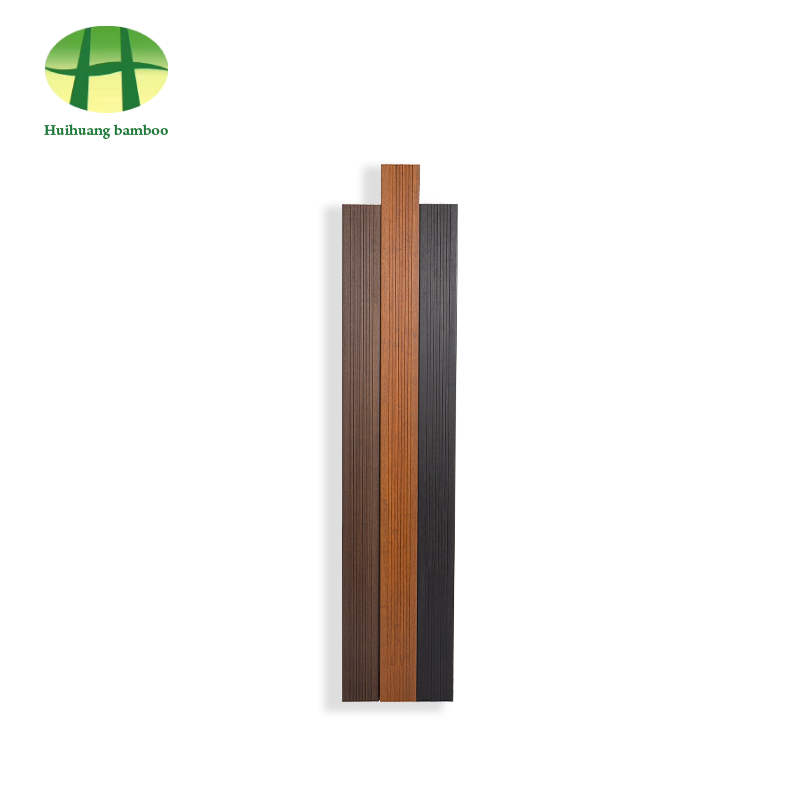
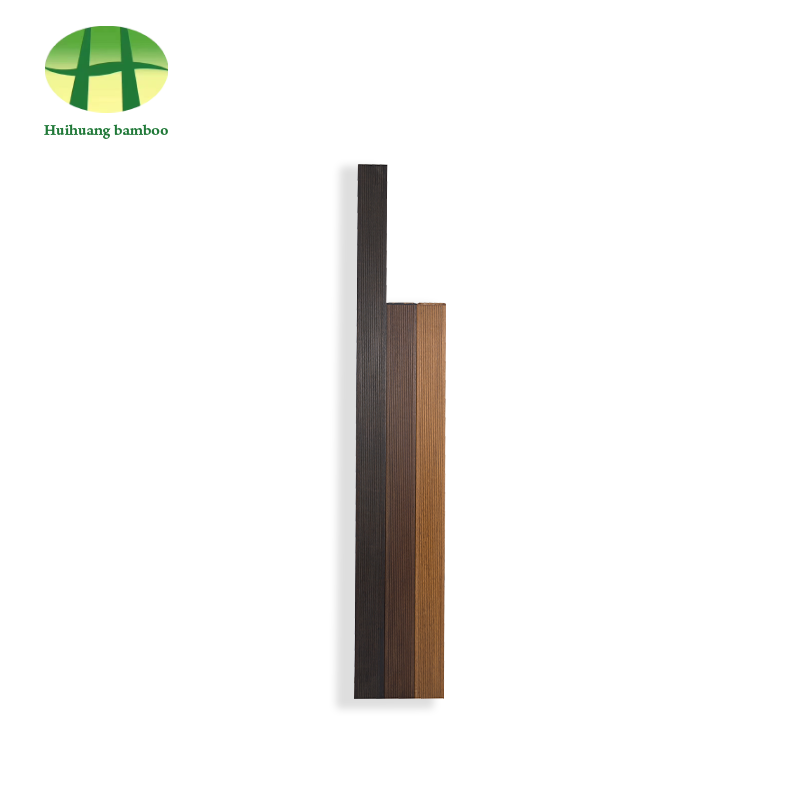
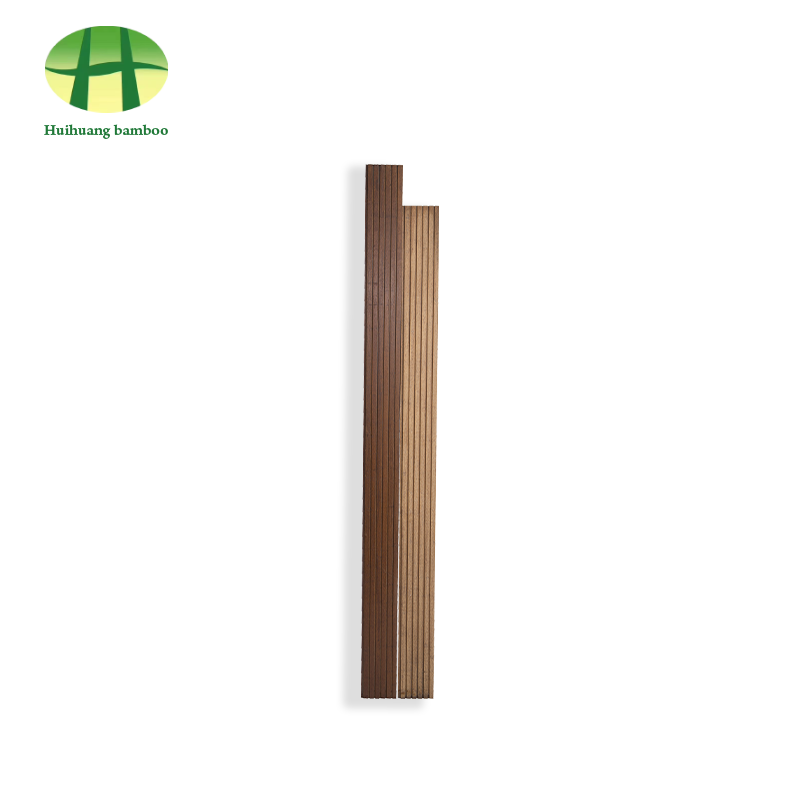
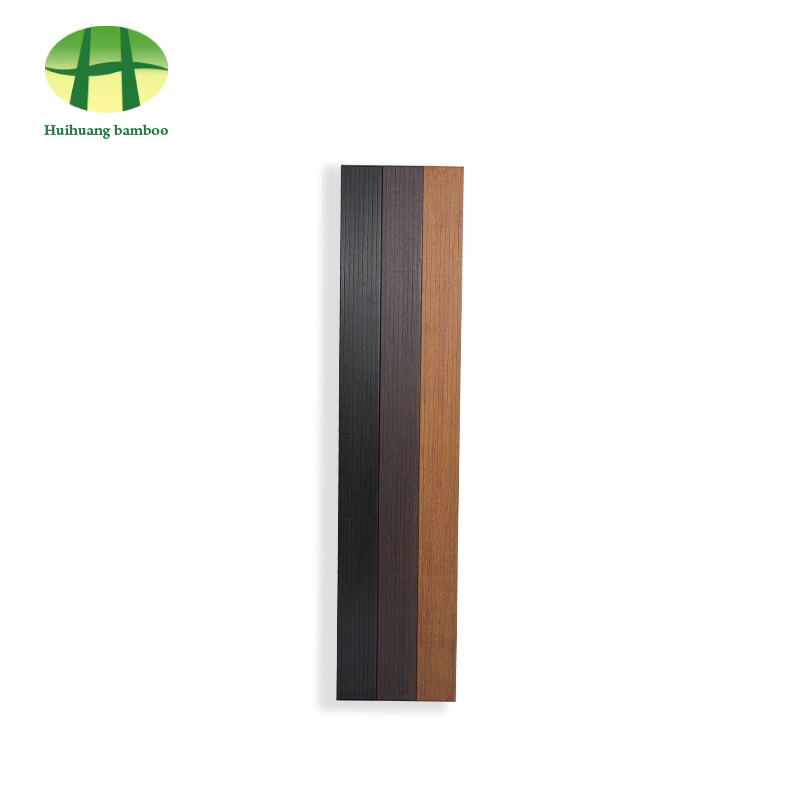
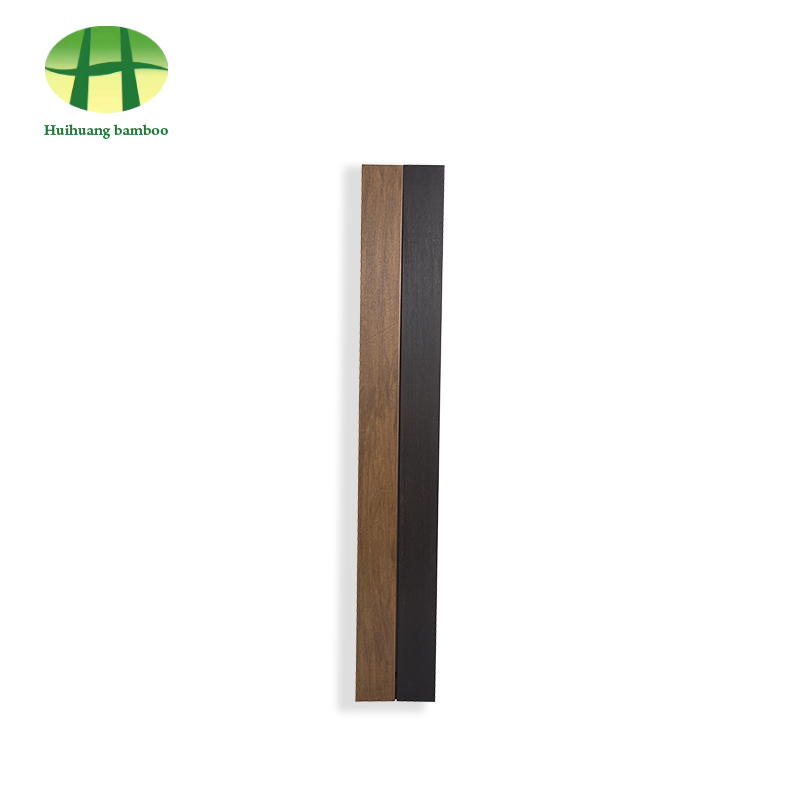
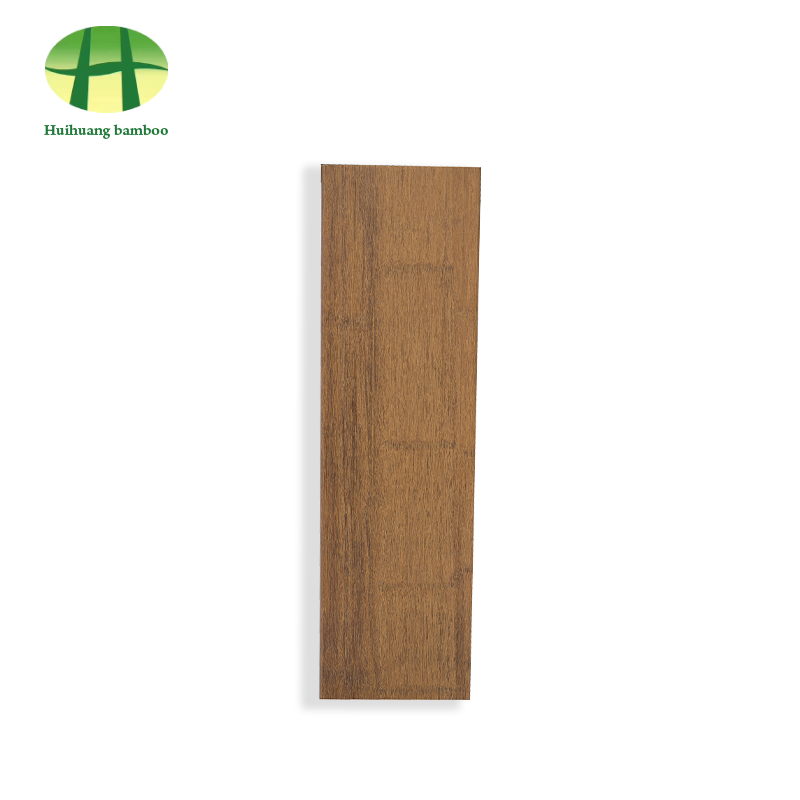

 +86-572-5215066 5216895
+86-572-5215066 5216895 office@hh-bamboo.com
office@hh-bamboo.com East Side of Huanggang RD,Ningdun County, Ningguo ,Xuancheng City,Anhui Province,China.
East Side of Huanggang RD,Ningdun County, Ningguo ,Xuancheng City,Anhui Province,China.